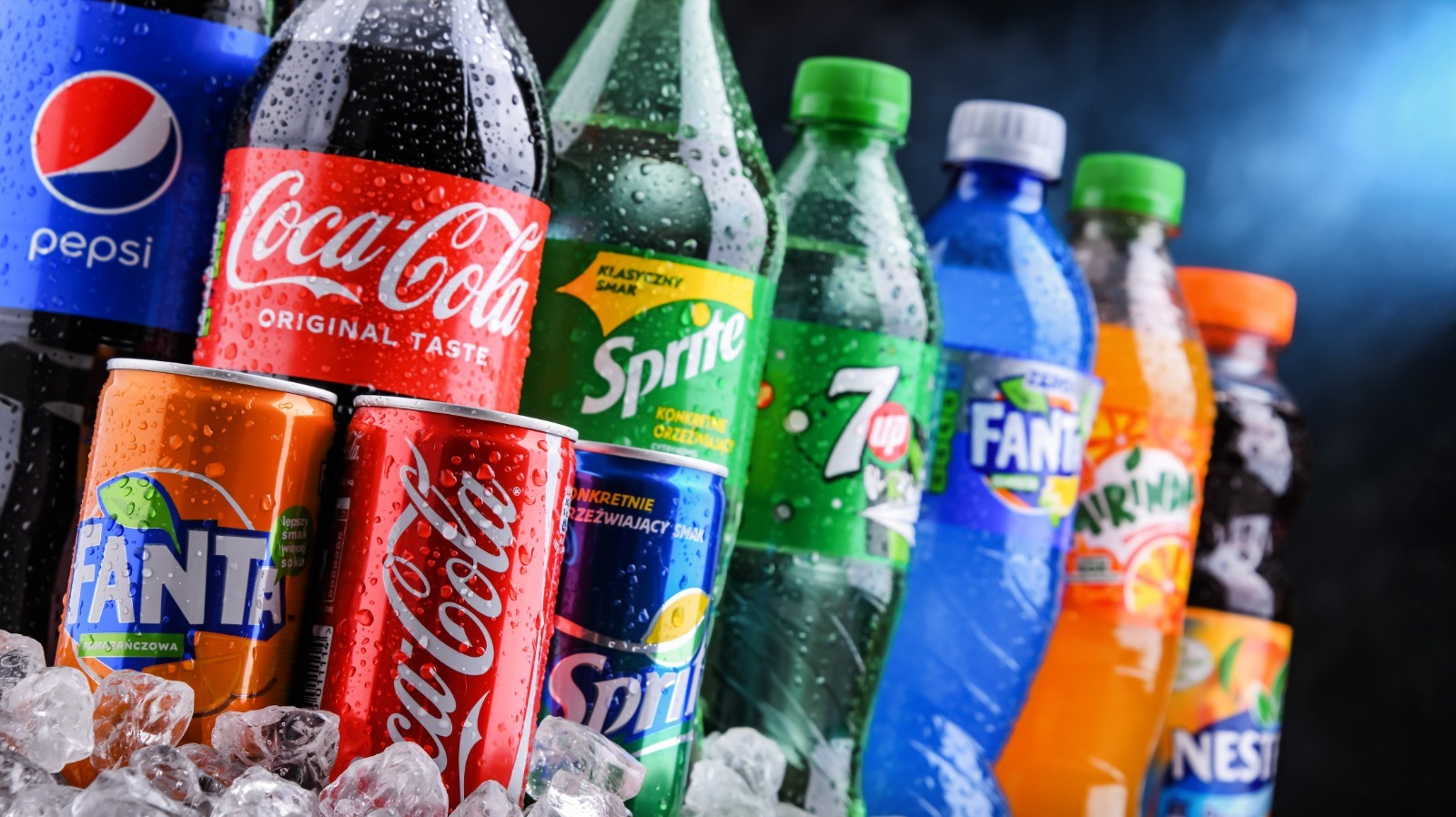Soda. You’ve surely heard this word many times, and may even be familiar with its various, drinkable forms. But what do you really know about carbonated beverages (fizzy drinks)? What are they, really, anyways?
Sodas and other carbonated soft fizzy drinks usually contain carbonated water (water with dissolved carbon dioxide), some kind of sweetener, and natural or artificial flavoring.
Carbonated water contains more carbon dioxide than flat water, enabling us to enjoy a bubbly sensation, without consuming sugar like we would when drinking sodas.
Soft drinks typically contain carbonated water, high fructose corn syrup (sugar), caramel color, caffeine, phosphoric acid, citric acid, natural flavors, carbon dioxide, organic diol, and Brominated vegetable oil (BVO), in addition to many others (Leis-Keeling, 2010).

What Makes Carbonated Beverages Fizzy?
Carbon dioxide has no color and is flavorless. On its own, it’s nothing much to write home about. On the other hand, the carbonic acid created during the carbonation process is what creates the fun fizz you love – and that tingly sensation. The colder the beverage and the tighter it’s sealed, the fizzier your drink will be. The most carbon dioxide that water can handle is approximately 8 grams per liter. So, when there is excess carbon dioxide, it will stay in the water until the pressure is released, the carbon dioxide escapes, and the beverage goes flat.
Carbonation can also occur naturally. This is true of naturally carbonated mineral water that absorbs the carbon dioxide from the ground. Carbonation can also be man-made, created during a process in which the carbon dioxide is pumped into the beverage at a high-pressure level. The container is then sealed to keep the carbonation inside.
Where did the carbonated beverages come from?
The carbonation process was first invented by a man named Joseph Priestley in England in 1767. The process, however, wasnt commercialized until 1786 in Switzerland by a man named Jacob Schweppes.
Carbonated beverages were first bottled for sale back in 1835, and this is also when people began adding flavoring to their carbonated drinks. Once this happened, flavored carbonated beverages became a mainstay in Western culture and the drink of choice of many consumers.
Originally, carbonated beverages were only stored in bottles, because keeping the carbon dioxide inside of cans without it trying to bust through the cans seams proved to be a challenge. Today, you can find carbonated beverages in bottles and cans, with more and more people jumping on the carbonation craze while attempting to kick their sugary soda habit.
How It’s Made: Soft Drinks
FAQ
What are the main ingredients in soda?
What is the most unhealthy ingredient in soda?
What was soda originally made of?
What is the substance of soda?
